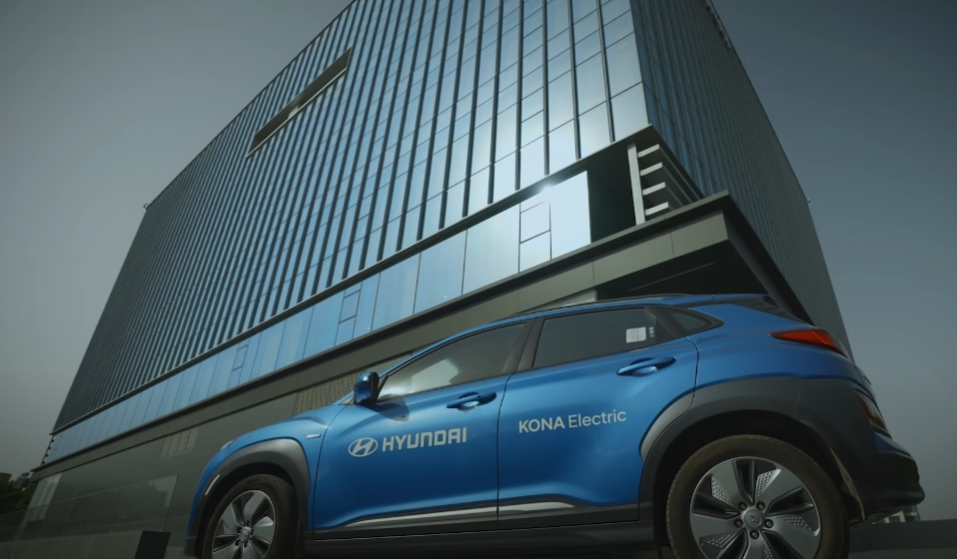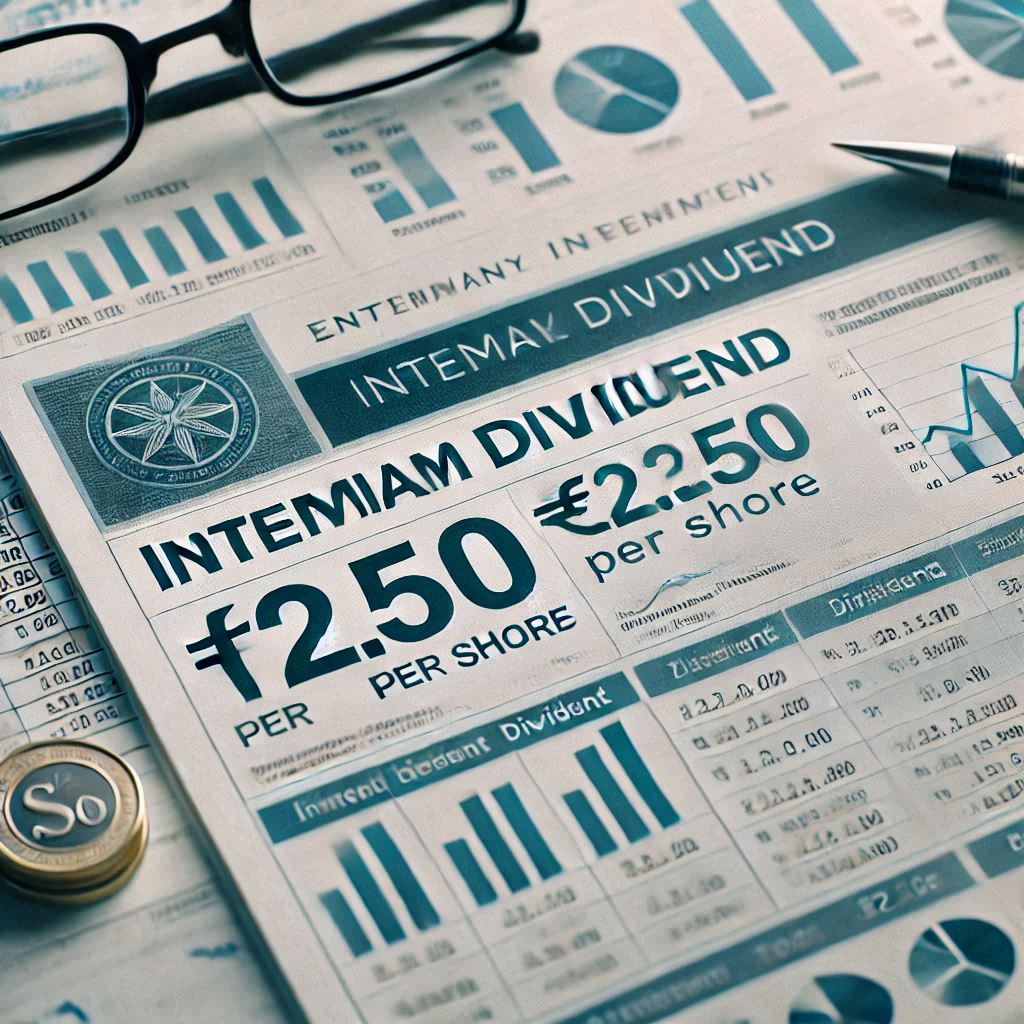Hyundai IPO: Cost, schedule, gross margin projection, Should you go for it? Every little details
Investors may place a bid for up to seven shares, with a retail investment minimum of ₹13,720 and a maximum of ₹192,080. offers for 105 shares or more may be made by high-net-worth individuals (HNIs), with higher offers perhaps surpassing ₹1 million.
Bidding for the largest Initial Public Offering (IPO) in Indian history would be open from October 15, 2024, to October 17, 2024, according to Hyundai Motor India. Both the BSE and NSE will list the ₹27,870 crore initial public offering (IPO), with a price range of ₹1,865 to ₹1,960 per equity share. At ₹75, the Grey Market Premium (GMP) suggests a projected listing price of ₹2,035 per share, which may result in a gain of 3.83%. The whole IPO consists of an Offer for Sale (OFS) of 142,194,700 shares, and following the IPO, Hyundai Motor Company’s ownership will drop from 100% to 82.50%.
The IPO’s structure and essential information
Investors may place a bid for up to seven shares, with a retail investment minimum of ₹13,720 and a maximum of ₹192,080. offers for 105 shares or more may be made by high-net-worth individuals (HNIs), with higher offers perhaps surpassing ₹1 million. Hyundai issued 42,424,890 shares to anchor investors, raising ₹8,315.28 crore. 50% of these shares are locked until November 17, 2024, while the remaining shares are locked until January 16, 2025. These shares are subject to lock-in periods.
A minimum of 35% of the IPO allocation is set aside for Retail Individual Investors (RIIs), up to 50% for Qualified Institutional Buyers (QIBs), and 15% for Non-Institutional Investors (NIIs). On October 18, the allocation basis will be confirmed. On October 21, shares will be credited to Demat accounts and refunds will be made.
On October 22, the shares are anticipated to list.
Is it time to invest? Remember this
Hyundai Motor India is a significant participant in the local passenger car industry, although it faces intense competition from Mahindra & Mahindra, Tata Motors, and Maruti Suzuki. With the advent of companies like MG and Kia Motors, the rivalry has grown more fierce. Given that Hyundai competes in the same market as Kia Corporation and Kia India, both subsidiaries of Hyundai Motor Company (HMC), investors should be aware of any potential conflicts of interest
Hyundai Motor India depends on its parent company, HMC, for R&D and necessary parts. Any pressure on this connection might have a detrimental effect on Hyundai’s operations. Hyundai further gives HMC a 3.5% royalty on sales. Any rise beyond the 5% ceiling set by SEBI may have an impact on earnings per share (EPS) and profitability.
There is also the riskof the supply chain. For essential components and materials, Hyundai relies on a small number of suppliers; therefore, any interruptions might have an impact on output. Hyundai’s operational expenses and profit margins may be further impacted by rising raw material costs, such as those of steel.
By 2028, Hyundai hopes to have increased its production capacity to 1.07 million vehicles per year. Along with its premium EV model, the Ioniq, it is also making considerable progress in the electric vehicle (EV) industry with the anticipated introduction of the Creta EV in FY25. Hyundai is positioned for future development with a robust 15% market share in India and leading EBITDA margins of 13.8% in Q1 FY25. The IPO is priced at a PE ratio of 26.3x FY24 profits at the higher end of the pricing band, which is competitive with Maruti Suzuki’s 30.8x.
The state of the market as a whole will impact Hyundai’s stock performance after its initial public offering. Stock valuation may be impacted by the inventory build-ups and demand slowdown the automobile industry is now experiencing. However, Hyundai continues to be a desirable option for long-term investors due to its outstanding long-term prospects in both the ICE and EV sectors.
Disclaimer: The above article is for educational and news purposes, this is not a buying or selling recommendation. TraderPulse recommends that users to check with certified experts before making any investment decisions.



